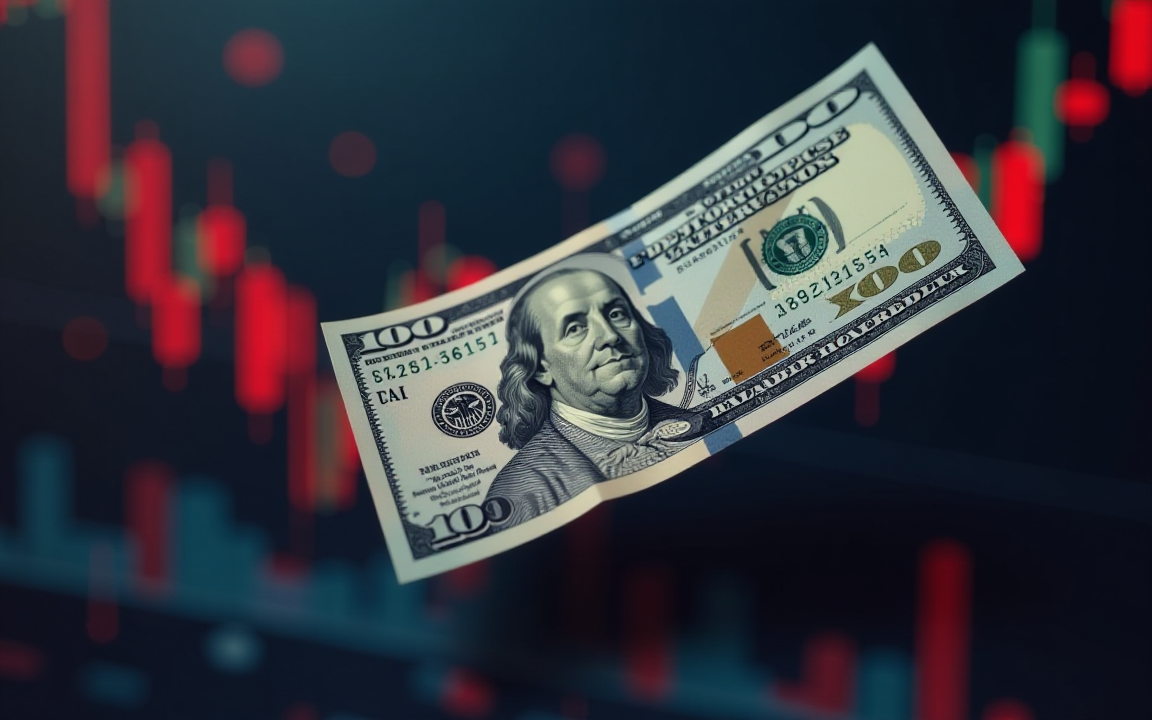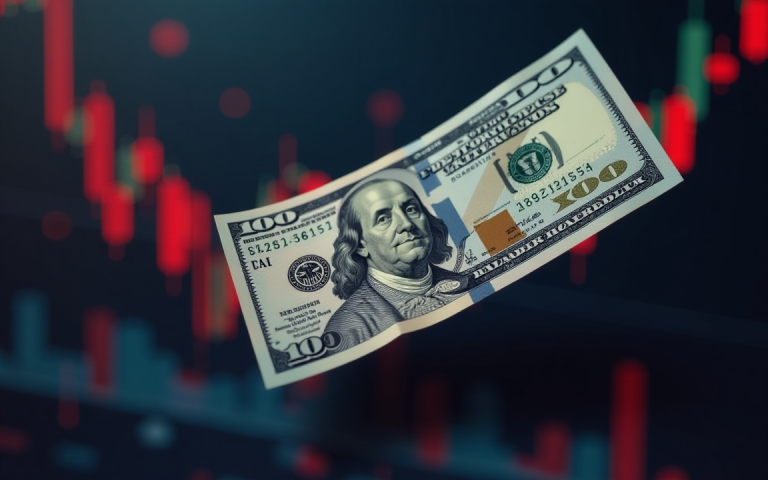
In a significant shift for global financial markets, the trend of de-dollarization is gaining momentum across Asia, influencing stock markets and reshaping economic strategies.
As countries in the region increasingly move away from reliance on the U.S. dollar for trade and financial transactions, the implications for investors and policymakers are profound.
This movement, driven by geopolitical uncertainties and monetary policy shifts, has come into sharp focus in recent days, with fresh reports highlighting its growing impact on Asian economies and equity markets.
Understanding de-dollarization in Asia
De-dollarization refers to the process by which countries reduce their dependence on the U.S. dollar in international trade, reserves, and financial systems, often replacing it with local currencies or alternative assets.
In Asia, this trend has been fueled by a mix of factors, including geopolitical tensions, the rising cost of dollar hedging, and a desire for greater economic sovereignty.
This shift is accelerating as nations seek to mitigate risks associated with U.S.-centric financial systems amid uncertainties such as potential trade tariffs and sanctions.
The push for de-dollarization is particularly evident in the Association of Southeast Asian Nations (ASEAN), where member states have outlined plans to boost the use of local currencies for trade and investment.
A strategic plan for 2026-2030, as noted in recent updates, aims to reduce exchange rate risks by promoting settlements in regional currencies.
This is seen as a proactive measure to insulate economies from external shocks, particularly those stemming from U.S. policy changes or global market volatility.
Asia and rest of the world cut dollar usage
The de-dollarization was observed in the rest of the world trade as well.
The dollar’s share in global foreign exchange reserves has reached 57% in 2024 from 70% in 2000.
The dollar has seen more weakness in 2025 as the dollar index has fallen over 9% in the year so far.
Mitul Kotecha, Barclays’ head of FX and EM macro strategy in Asia, told CNBC that the countries are now seeing how the dollar is being used as leverage in trade and even weaponised by the US.
Kotecha added that he has seen a change in how countries approach the dollar in the last few months.
Analysts also said that Asian countries are looking to use more of their local currencies to limit forex risks and cut reliance on the US dollar.
More investors hedging foreign investments
The decoupling from the dollar is also powered by large investors hedging and more people and companies slowly converting dollars into their local currencies, said Bank of America.
Forex hedging is when investors protect their investment in a currency by locking in exchange rates to protect from big swings in the value of the investments.
When investors hedge against the dollar, they sell the greenback and buy local currencies, which reduces dollar demand.
This will also lead to the local currency appreciating against the dollar.
Nomura said institutional investors like Insurance companies, pension funds, and hedge funds do the bulk of forex hedging.
China and India are also developed and have tried their payment systems to bypass the SWIFT system and reduce the greenback dependency.
The post De-dollarization trend accelerates in Asia, countries look to boost local currencies appeared first on Invezz

